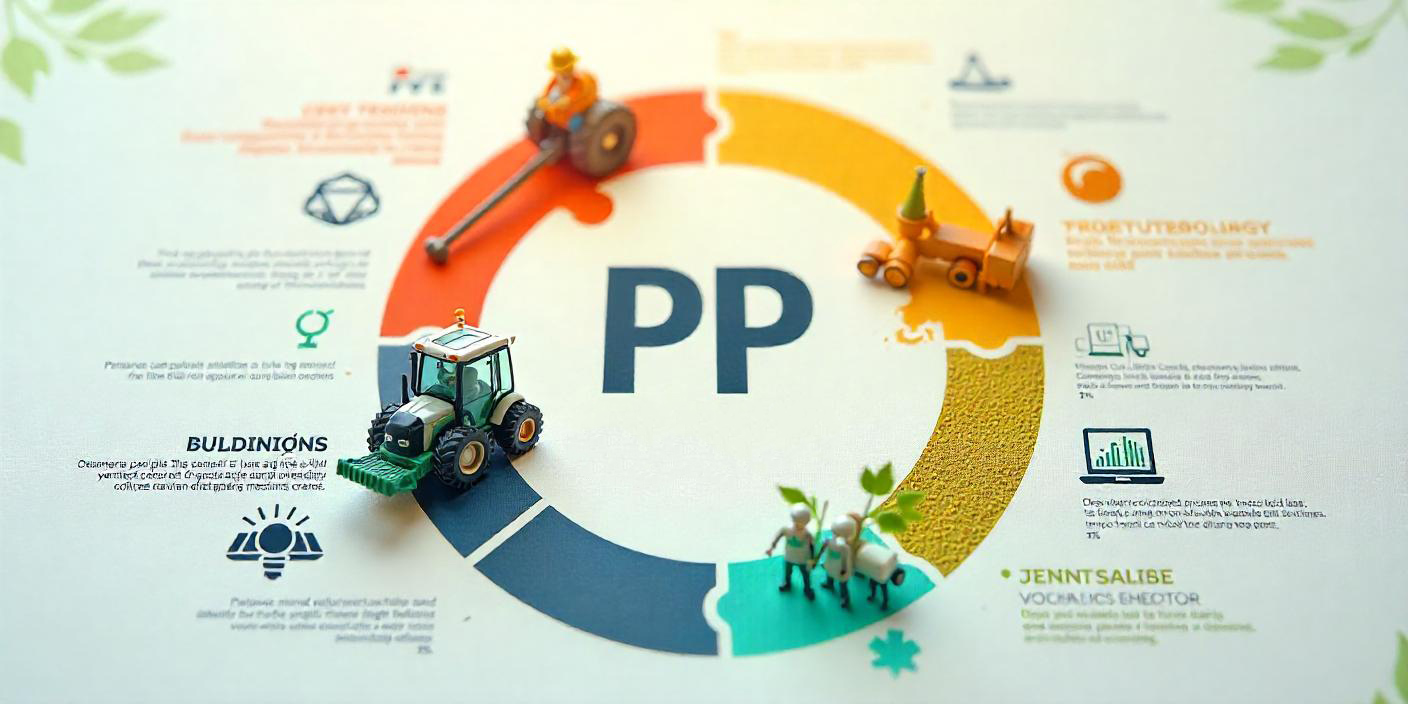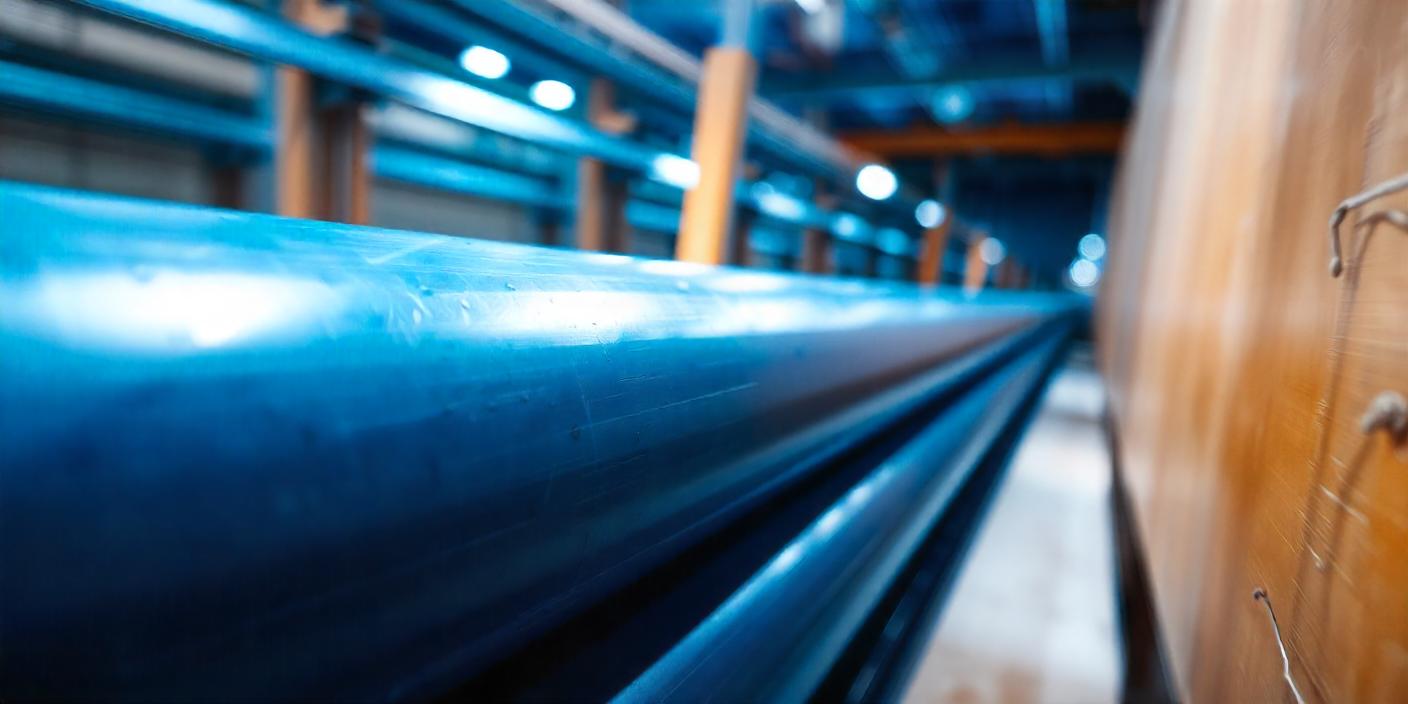HDPE industry in Iran, Sanctions and Main buyers
Iran has established itself as a significant player in the global high-density polyethylene (HDPE) market, particularly in its exports to countries like China and Turkey. Despite facing sanctions, Iranian manufacturers have managed to maintain a robust export profile, with projections indicating that Iran could capture a substantial share of China’s HDPE imports in the coming years. For instance, it is estimated that by 2025, Iran may account for 48% of total HDPE imports into China, alongside a staggering 85% of low-density polyethylene (LDPE) imports due to new trade agreements and partnerships.
In 2023, however, there was a notable decline in China’s imports of HDPE from Iran, which fell by 44% to approximately 231,166 tonnes. This decline highlights the competitive nature of the market, as other suppliers, particularly from the US, have seen significant increases in their export volumes to China. Despite this, Iranian manufacturers continue to be key suppliers in the region, particularly for Turkey, which recorded its highest polyethylene imports in 2022, with Iran remaining a major source for LDPE, HDPE, and linear low-density polyethylene (LLDPE).
In summary, while challenges exist due to fluctuating demand and competition, Iranian HDPE manufacturers are well-positioned to continue their role as significant suppliers in the international market, particularly in Asia.
How have sanctions affected Iran's HDPE export capabilities?
The import of High-Density Polyethylene (HDPE) from Iranian manufacturers has been significantly influenced by international sanctions, particularly those imposed by the United States. Historically, Iran has been a major player in the global HDPE market, with a substantial portion of its exports directed towards China. For instance, in 2008, 29% of Iran’s total HDPE exports went to China, which surged to 77% by 2017, amounting to approximately 1.4 million tonnes.
However, recent developments indicate a decline in these exports. In 2023, Iran’s HDPE exports to China faced a notable reduction due to the tightening of sanctions and a decrease in global HDPE prices. This situation has resulted in a loss of market share for Iranian producers, as they struggle to navigate the complexities of international trade under sanctions. Despite these challenges, some analysts argue that the impact of sanctions on Iranian polyethylene exports has been limited, with reports suggesting that Iran continues to export significant quantities of polyethylene to China, valued in the hundreds of millions.
In summary, while sanctions have created hurdles for Iranian HDPE exports, the country remains a significant supplier to China, albeit with challenges that could affect future trade dynamics. The situation is fluid, and stakeholders in the polymer market should closely monitor developments related to sanctions and global pricing trends.
What are the quality standards for HDPE produced by Iranian manufacturers?
When considering HDPE (High-Density Polyethylene) imports from Iranian polymer manufacturers, it’s essential to understand the quality standards and the capabilities of these manufacturers. Iranian petrochemical companies are known for producing HDPE that meets high international quality standards, ensuring that the products are suitable for various industrial applications.
Quality control is a significant aspect of HDPE production in Iran. For instance, the PES Lab, accredited by the Institute of Standards and Industrial Research of Iran, conducts comprehensive quality control tests on raw materials and finished products. This ensures that the HDPE produced is not only compliant with local standards but also competitive in the global market.
Moreover, the Iranian polyethylene industry emphasizes the importance of high-quality materials, as highlighted by the Iranian Association of Polyethylene Pipe & Fittings. This organization promotes the use of the latest technologies in manufacturing, which contributes to the overall quality of HDPE products.
In summary, importing HDPE from Iranian manufacturers can be a viable option due to their adherence to high-quality standards, advanced manufacturing technologies, and rigorous quality control processes. This ensures that the HDPE products are suitable for a wide range of applications while meeting international expectations.
Turkey, another key buyer of Iranian HDPE
In 2023, Turkey’s imports of high-density polyethylene (HDPE) reached significant levels, with Iran being one of the notable suppliers. The overall import volume of polyethylene in Turkey was recorded at 6.3 million tons, marking a new record for the country. Among the top suppliers, Saudi Arabia led with 226,931 tons, followed closely by the USA with 224,882 tons, and Iran contributed 53,578 tons to this total.
Import Dynamics
The demand for HDPE in Turkey has been influenced by various factors, including the competitive pricing and quality of Iranian products. The trade relationship between Turkey and Iran has been growing, with Iran emerging as a key player in the polyethylene market. The imports from Iran have shown a steady increase, reflecting Turkey’s reliance on Iranian polymer manufacturers for HDPE supplies.
Future Outlook
Looking ahead, the trend suggests that Turkey will continue to strengthen its trade ties with Iran, particularly in the polymer sector. The increasing demand for HDPE in various applications, such as packaging and construction, is likely to sustain this import flow. Additionally, the geopolitical landscape and trade agreements will play a crucial role in shaping the future of HDPE imports from Iran to Turkey.
In summary, Turkey’s HDPE imports from Iran are on an upward trajectory, supported by strong demand and favorable trade conditions. This trend is expected to continue as both countries navigate their economic relationships in the polymer market.
What are the main factors influencing HDPE imports from Iran to other countries?
The import of High-Density Polyethylene (HDPE) from Iran is influenced by several key factors that shape the dynamics of the global market.
Demand Growth in China
One of the most significant factors is the increasing demand for HDPE in China. Projections indicate that Iran may capture up to 48% of total HDPE imports by 2025, driven by an average demand growth of 7% annually from 2021 to 2025. This growth is largely attributed to robust industrial activities and the expansion of the packaging sector in China, which is a major consumer of HDPE products.
Competitive Pricing
Another critical factor is the competitive pricing of Iranian HDPE. The narrowing arbitrage between domestic prices in importing countries and the landed prices of Iranian imports has made Iranian HDPE more attractive. This trend has been observed in various markets, including India, where the cost-effectiveness of imports has led to fluctuations in import volumes.
Regional Trade Agreements
Trade agreements and geopolitical relationships also play a vital role. Iran’s strategic partnerships and trade agreements with neighboring countries can facilitate smoother and more cost-effective trade routes for HDPE exports. This is particularly relevant in regions where Iranian products can meet local demand without significant tariffs or trade barriers.
Quality and Specifications
The quality of HDPE produced by Iranian manufacturers is another factor influencing imports. Iranian polymer manufacturers are increasingly focusing on meeting international quality standards, which enhances their competitiveness in the global market. This focus on quality is essential for attracting buyers who prioritize product specifications for various applications, including packaging and construction.
In summary, the interplay of demand growth, competitive pricing, regional trade agreements, and product quality are pivotal in shaping the landscape of HDPE imports from Iran. As these factors evolve, they will continue to influence the dynamics of the HDPE market globally.



